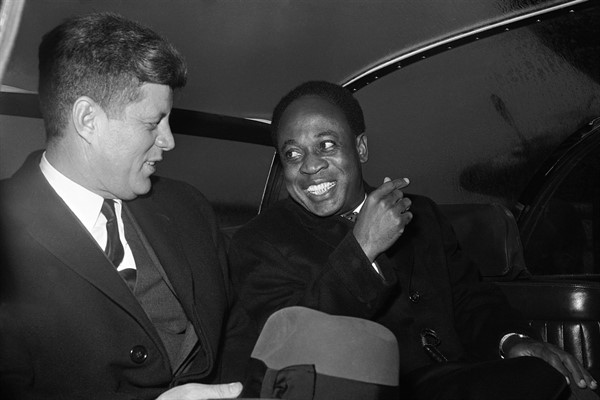Anyone with even a sketchy understanding of the Cold War knows that it was a time not only of intense direct competition between the reigning superpowers, but also of grand schemes by both the U.S. and USSR for integrating their allies and clients into adversarial blocs, as well as for poaching the partners of the rival power—especially in the developing world—into their own camp.
Throughout much of this era, the West regarded professions of neutrality among poorer countries with skepticism or even outright hostility. Beginning with the Eisenhower administration, the view took hold in Washington that non-alignment was just a pose, and that those who declared it had already begun an ineluctable drift into Moscow’s clutches.
The Soviet Union basically agreed. With far less wealth than the United States or its collection of allies, many of which were then reluctantly transitioning one by one away from imperialism, Moscow felt it could afford to be tolerant of the non-aligned. The greater the distance that newly independent countries established between them and their former colonizers, the more likely, the Kremlin felt, they would adopt a worldview that was sympathetic to socialism.

